Archive
2021
KubaParis
Un Endroit Sûr

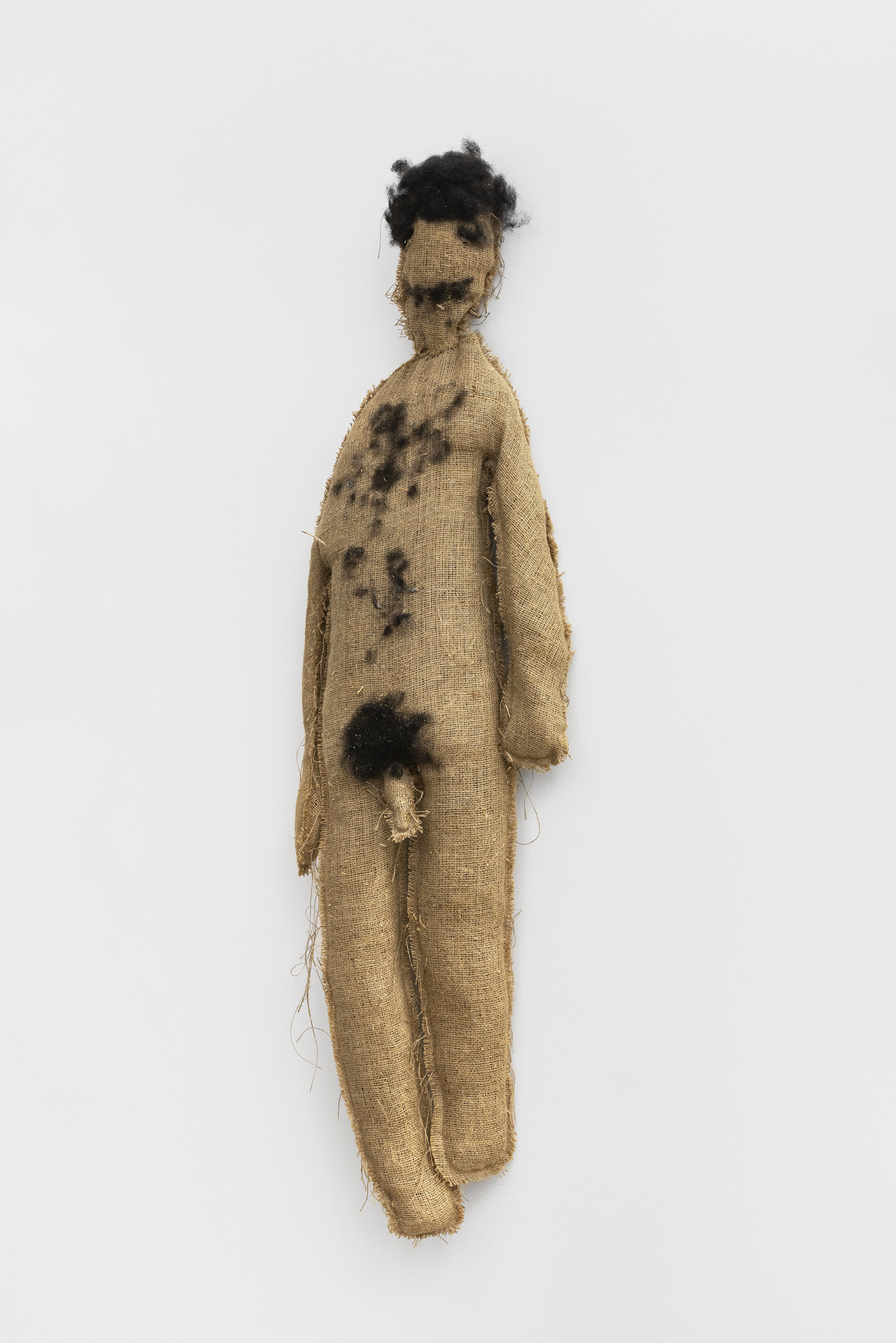
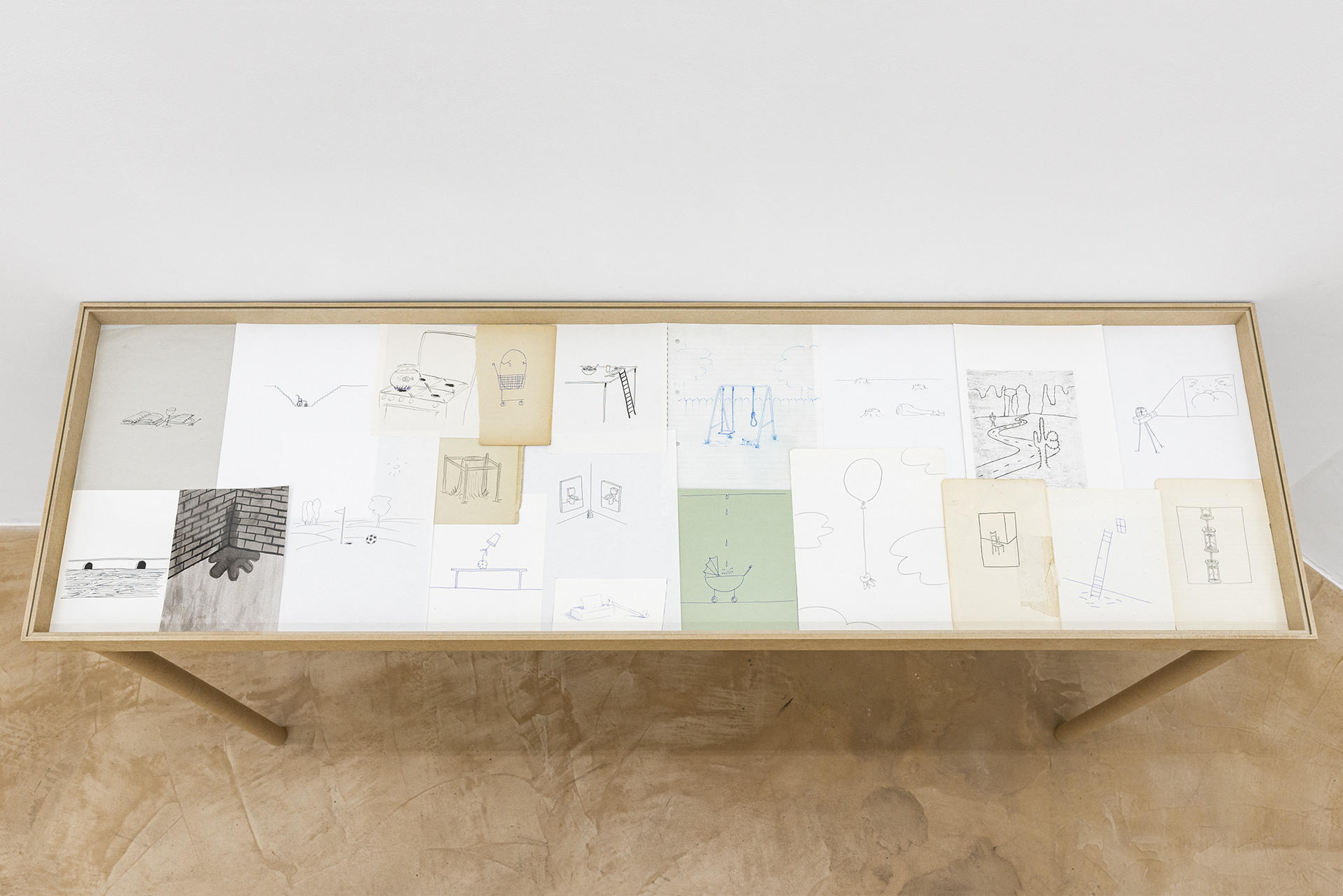
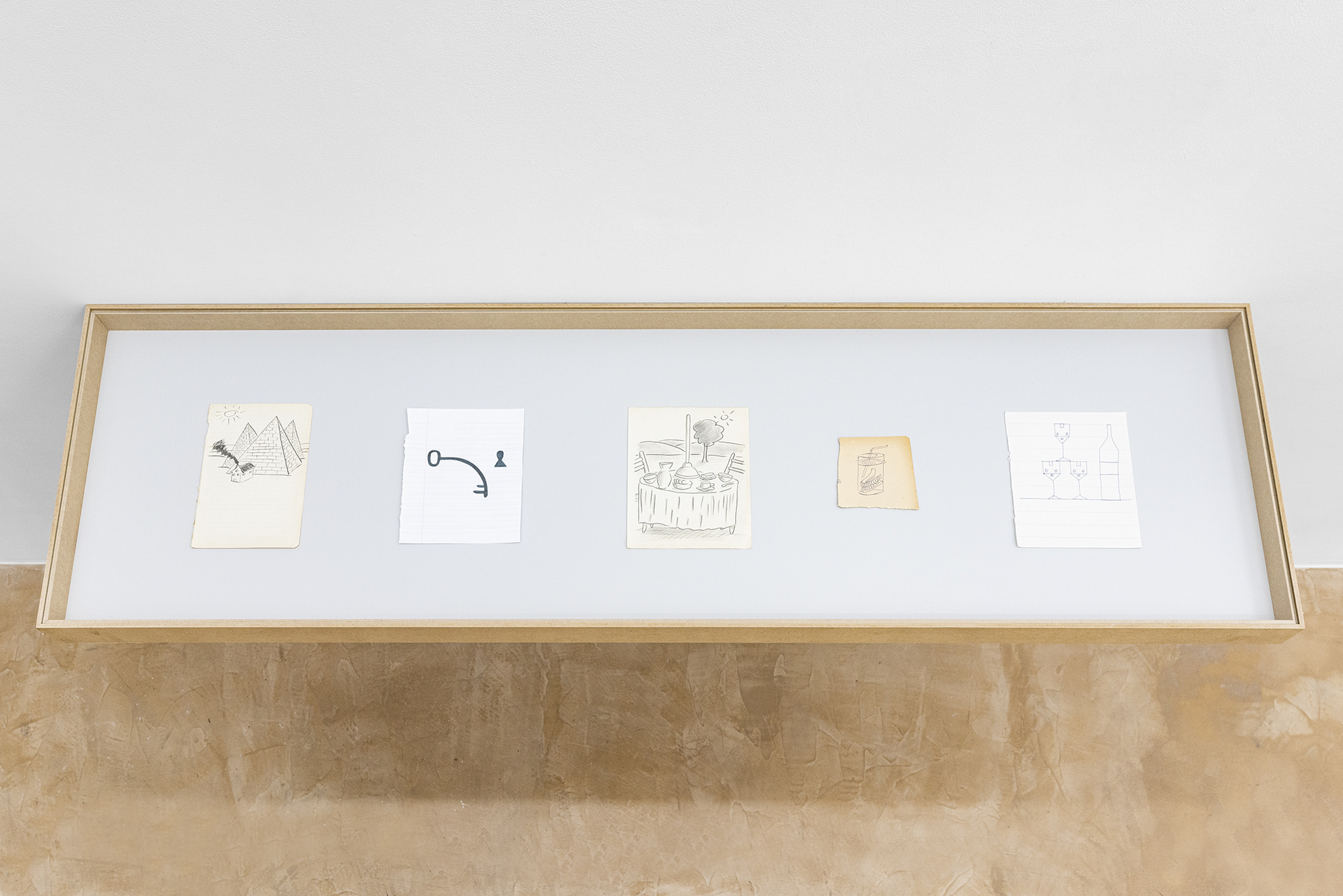

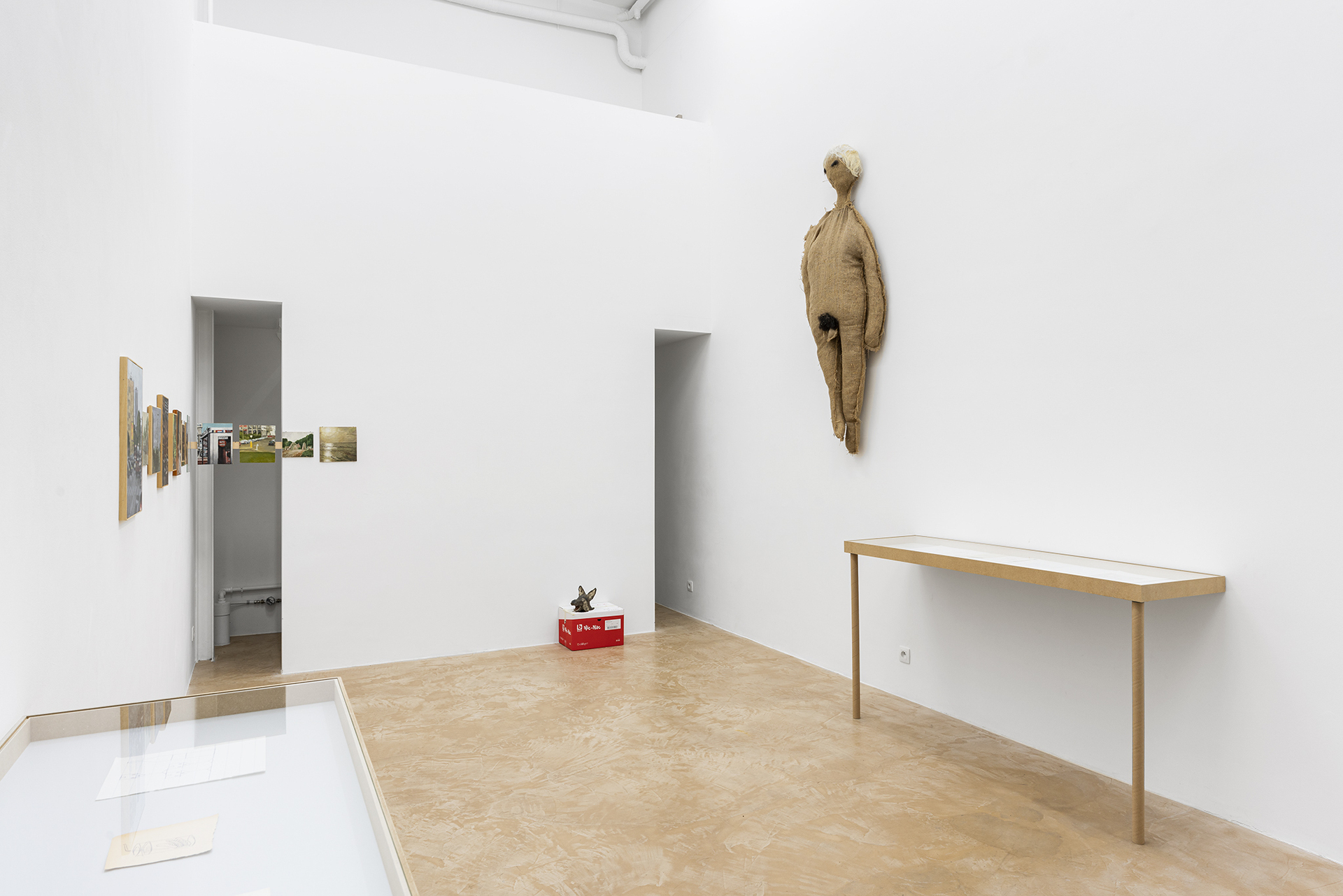
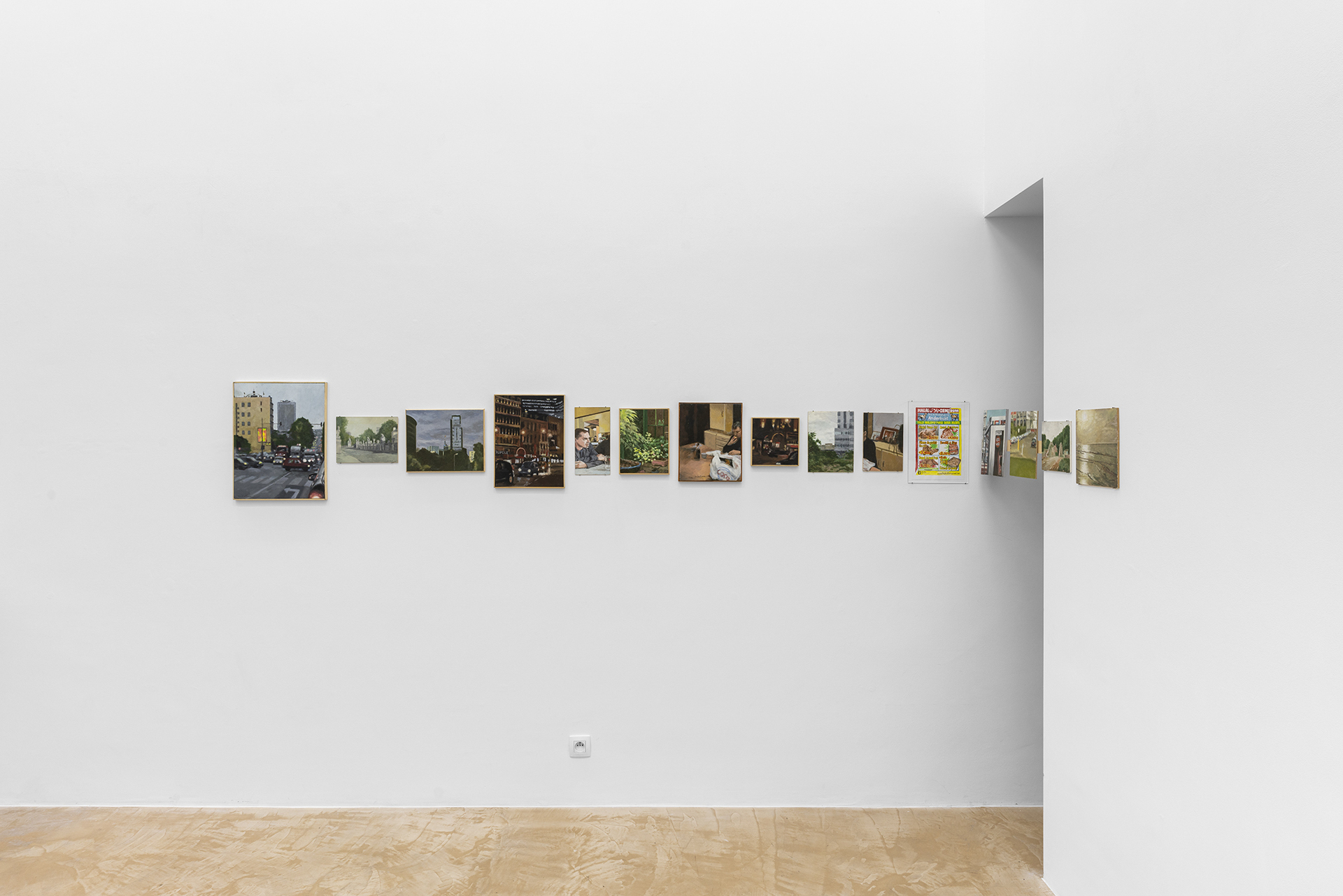

Location
Galerie Duflon Racz BrusselsDate
14.01 –26.02.2021Curator
Florin Filleul & Fabrice SchneiderPhotography
Fabrice SchneiderSubheadline
Participating artists: Jos de Gruyter & Harald Thys, Gust Duchateau, Maxime Le Bon.Text
Un Endroit Sûr
The official founding of Brussels is usually situated around 979, when Duke Charles of Lower Lotharingia transferred the relics of Saint Gudula from Moorsel (located in today’s province of East Flanders) to Saint Gaugericus’ chapel. Today, the remains of the chapel lay on line 4 of the city’s premetro, a tramway or light railway which includes segments built to rapid transit standards. The Brussels authorities explicitly named the premetro system “premetro” in the 1970s.
Following a first destroyed fortification, the second and longest lasting walls of Brussels (French: seconde enceinte, Dutch: tweede stadsomwalling) were erected between 1356 and 1383 by Duke Everard t’Serclaes, lord of Kruikenburg and first citizen of Brussels. A recorded testimony exists of one of the bricklayers employed in the construction at the time: “We are conscious that these walls will become just a small ring, a small belt, an inner ring road, a small pentagon, a small core, the City of Brussels municipality.”
In 1695, during the Nine Years’ War, King Louis XIV of France sent troops to bombard Brussels with artillery. Together with the resulting fire, it was the most destructive event in the entire history of Brussels. The Grand Place was destroyed, along with 4,000 buildings—a third of all the buildings in the city. The commemoration takes place today with guided tours of the current damages, where citizens and foreigners alike toast with glasses of half-en-half, a drink that originated from shortages of Spumante in the 1930s.
In 1830, the Belgian revolution began in Brussels, after a performance of Auber’s opera La Muette de Portici at the Royal Theatre of La Monnaie. A painting by Egide Charles Gustave, Baron Wappers, an artist whose work is generally considered to be Flemish as he signed his work with the Flemish form of his name shows scenes of the Nationalist revolution in Brussels: the crowd bears swords, pikes, and guns affixed with bayonets; one of the women at the base of the mound cradles a baby in tears, while two women and an old man grieve over a dead youth in their arms. The blue sky is overcast with grey smoke.
During the 19th century, the population of Brussels grew considerably; from about 80.000 to more than 625.000 people for the city and its surroundings. The Senne had become a serious health hazard, and from 1867 to 1871, under the tenure of the city’s then-mayor, Baron Jules Victor Anspach, its entire course through the urban area was completely covered over with maisons Bruxelloises, rows of family houses on multiple floors en enfilade. Maisons de maître later turned into apartments, these houses on Senne now give Brussels one of the largest square footages per capita for a European capital, as well as a generous amounts of small private gardens for the dwellers of the ground floors—those who live on those floors, or on a bel etage, or generally have access to private gardens, are now called dikke nek or goulafre.
Brussels underwent major modernisation after the second world war. The city hosted the international expo in 1958, which paved the way for the development of new neighborhoods and urbanistic projects. In this process, the cultural landscape of Brussels changed too. For example, Hamza Ait, a citizen of Molenbeek and independent historian, recalls how the tradition of the Meyboom went from improperly translated medieval ritual to contemporary folklore. Says Hamza: “In 1974, a group of men from Leuven called The Men Of 1929, led by Eddy Peeters, a bus driver, and Yasin Arslan, a city councillor, managed to find out which tree Brussels had earmarked as their Meyboom. During the night of 8 August, the men cut down the tree and transported it to Leuven, where they planted it in front of the city hall. Brussels, however, chose to ignore what had happened and cut down another tree.”
Piero Bisello
Piero Bisello